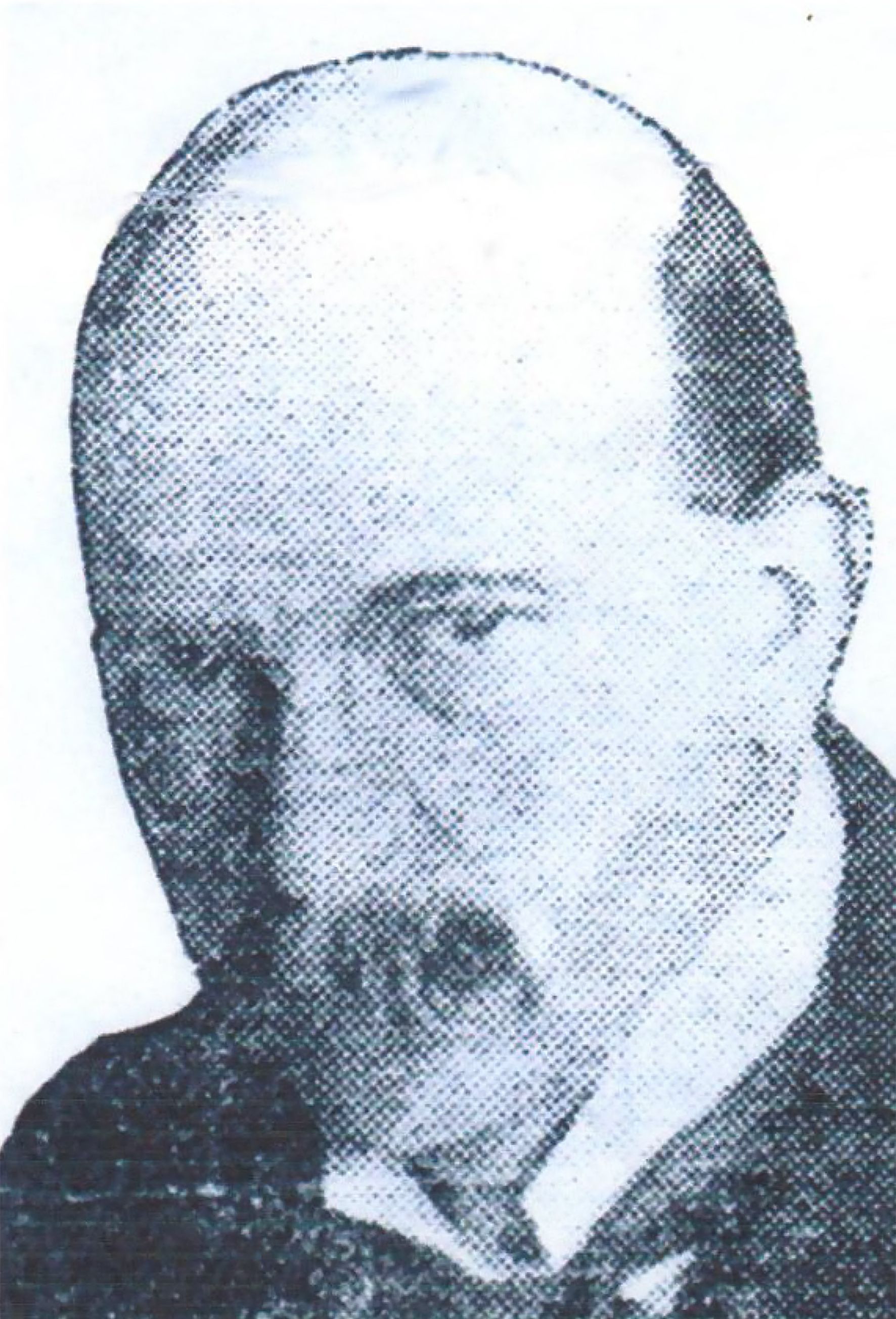
Google the name Walter Aubrey Thomas (1859-1934) and surprisingly little comes up. Even the single photograph that appears is not of him but a namesake. Never heard of him? Well you should have because he was an architectural pioneer whose foresight altered our national landscape forever.
But Walter (it would have been Sir Walter if he had not refused the proffered knighthood) was so publicity shy that little was written about him in his lifetime and, consequently, when Liverpool was designated European Capital of Culture for 2008, the architect of its most famous landmark barely garnered a mention.
Described as “the most individual Liverpool architect of the early 1900s”, Thomas designed not just the Royal Liver Building on the city’s Pier Head, built between 1908 and 1911, but also the Tower Building, the State Insurance Building, New Zealand House, Lord Street Arcade and the Crane Building, among others, as well as additions to the much-loved Liverpool Post & Echo building, later bulldozed to make way for a roundabout.
These were all grand statements underpinning Liverpool’s status as a thrusting port and place of business in the early years of the 20th century as Britain looked west to the burgeoning markets of New York and wider America, embarking on the Golden Age of transatlantic liners.
Thomas was nothing if not a Modernist. The Royal Liver Building is rightly iconic because of its character and traditional dominance of the dockside skyline—by far the most recognisable structure in any promotional image of the city.

But if its appearance is the city’s architectural talisman, it is just as important as one of the first multi-storey, reinforced concrete, steel-framed buildings in the world. The Ingalls Building in Cincinnati, Ohio, the first skyscraper built using this method, predates it by just five years.
Without such building methods, and architects as daring as Thomas in the UK and Julia Morgan in the US, modern cities like New York, with their high density office space and apartments, would not have emerged as soon as they did. These construction techniques allowed engineers and city planners to build higher, bringing more people, business and wealth into these cities, and with that wealth came culture. If the modern city is a living organism, its skeleton is steel-reinforced concrete.
Sometimes such vision heads down a cul-de-sac, where idealism fails to account for the human psyche. Think of the late 1960s redevelopment of Princes Street in Edinburgh or the tower blocks of Roehampton’s Alton Estate, a post-war Modernist tribute to Le Corbusier’s Ville Radieuse and considered a beacon of 20th century British design, but in hindsight more a blot on the landscape that spoils the view from Richmond Park and has proved to be a crucible of poverty, social problems and crime. As someone who lived next to it for three years in my university days, I would not regret its passing.
And so back to Liverpool, now stripped of its World Heritage Site status at the hands of Unesco because its architectural vision for the 21st century has been deemed to have irreversibly damaged the dockside’s visual profile and the site’s “authenticity and integrity” with its new stadium for Everton Football Club.
I am in two minds about all this: history and character deserve our respect and protection and should not be cast aside easily; but I suspect that despite the shadowing of his own great dockside building by the brash new architecture of one of the city’s temples to sport, the Modernist in Walter Aubrey Thomas, a man of extreme modesty and my great-grandfather, would understand that life moves on.
Source link : https://www.theartnewspaper.com/comment/walter-aubrey-thomas-liverpool-unesco-world-heritage-site












